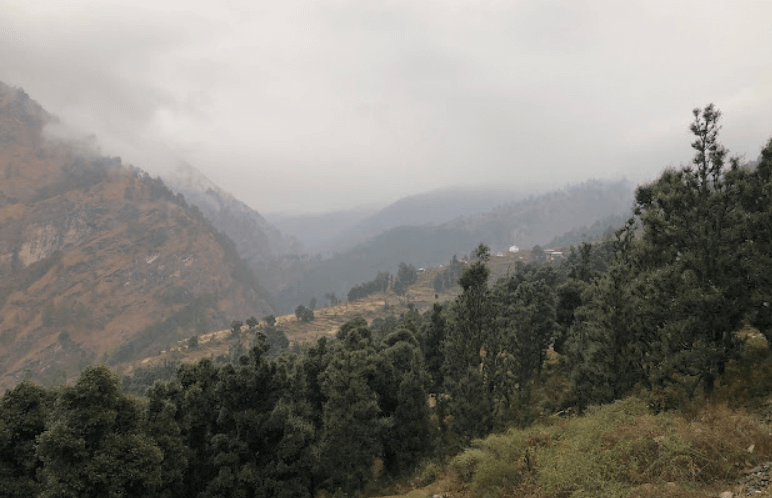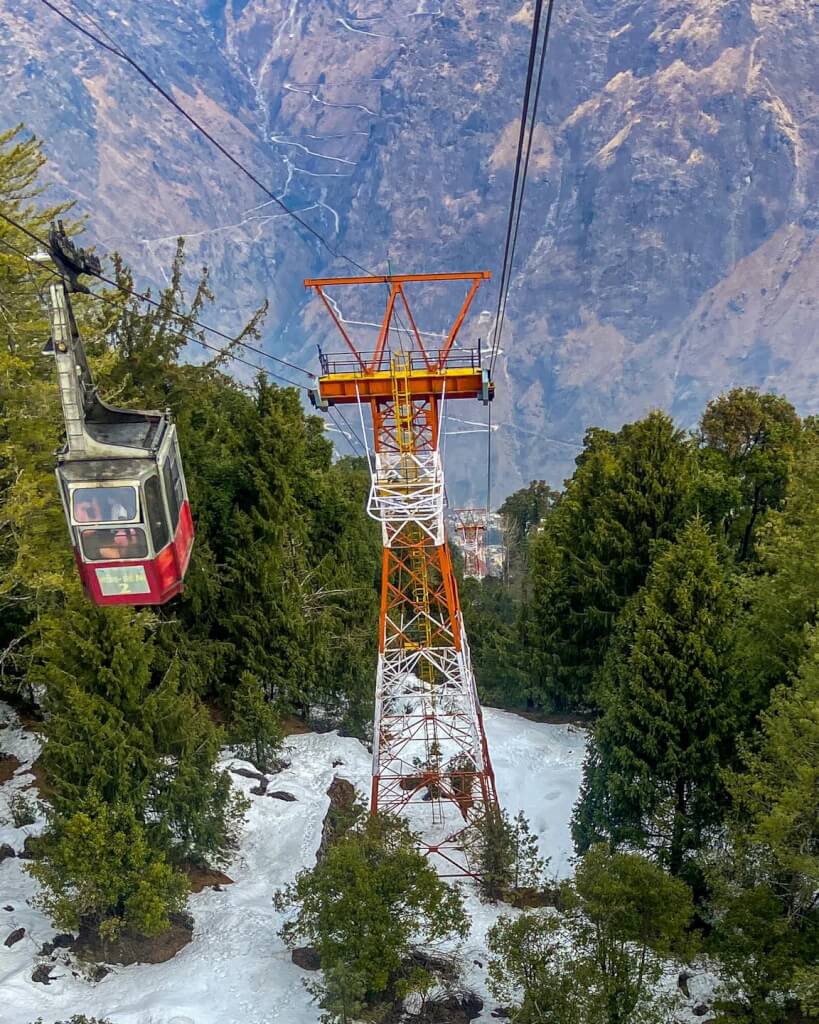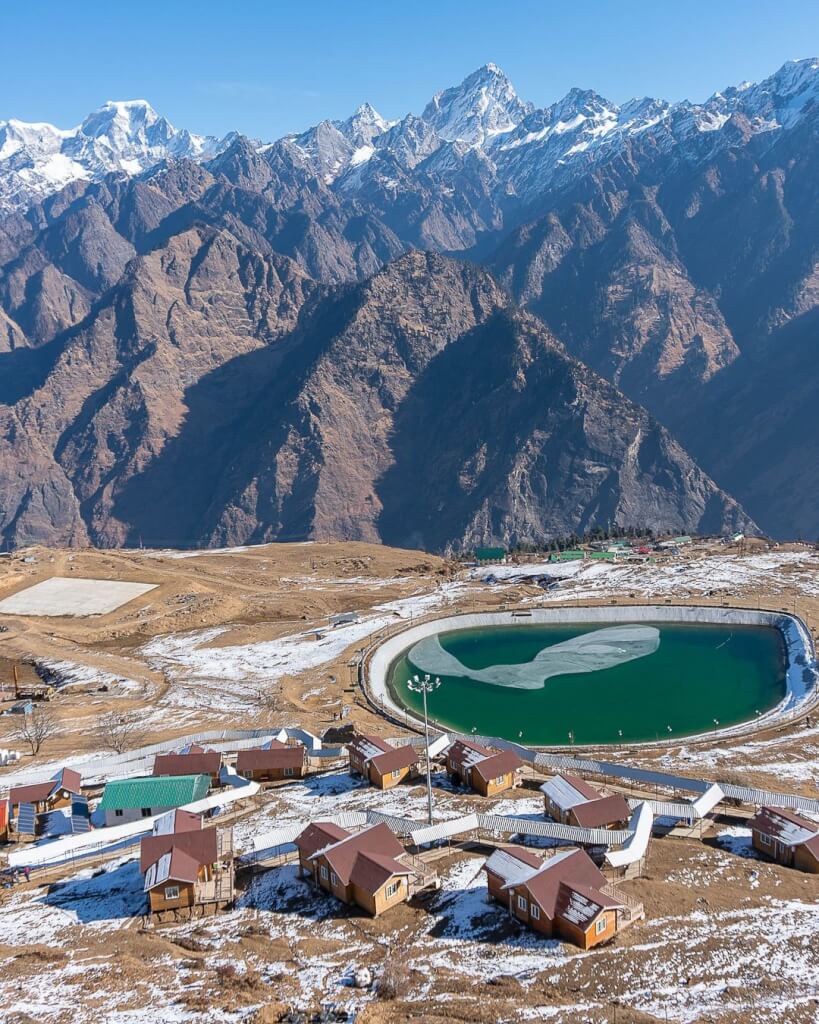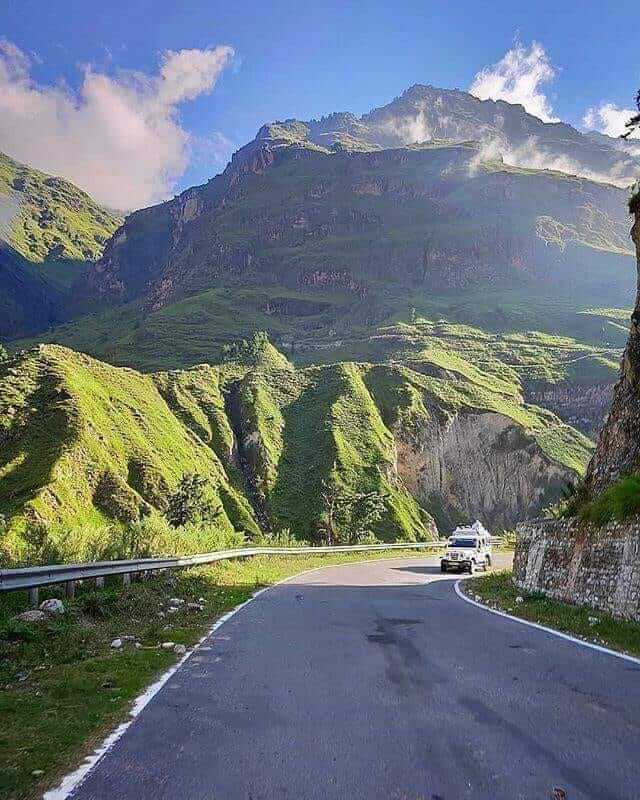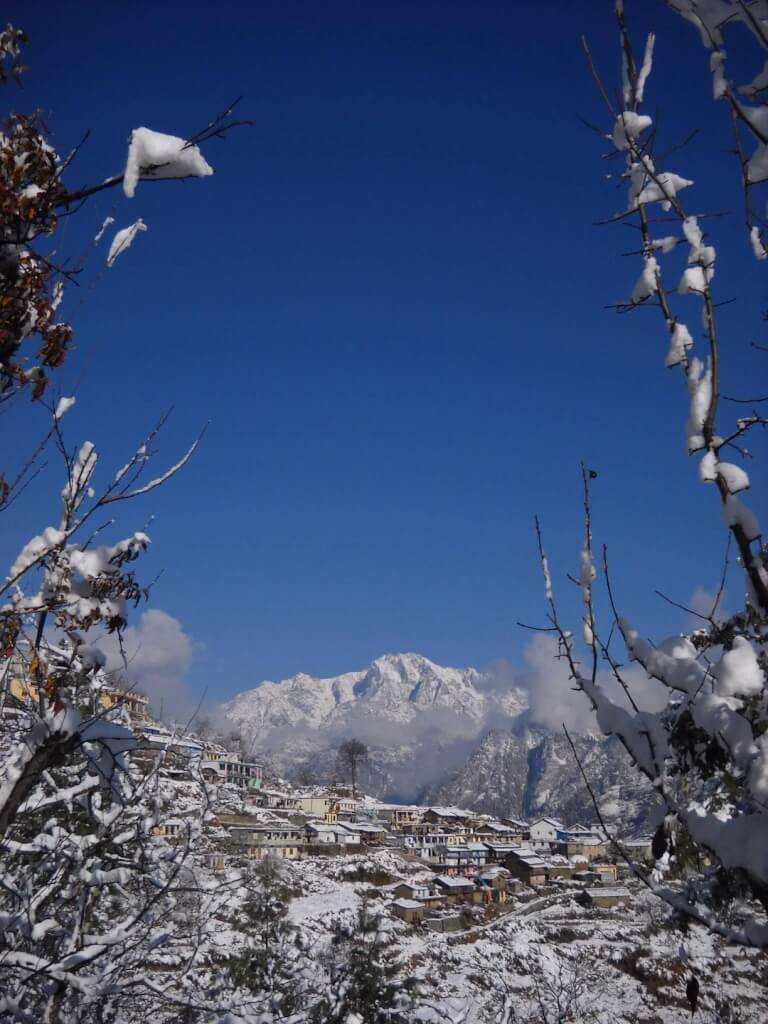Nanda Devi National Park is a UNESCO World Heritage site located in the state of Uttarakhand, India. It’s known for its breathtaking beauty and rich biodiversity. The park encompasses the Nanda Devi Peak, which is the second-highest mountain in India.
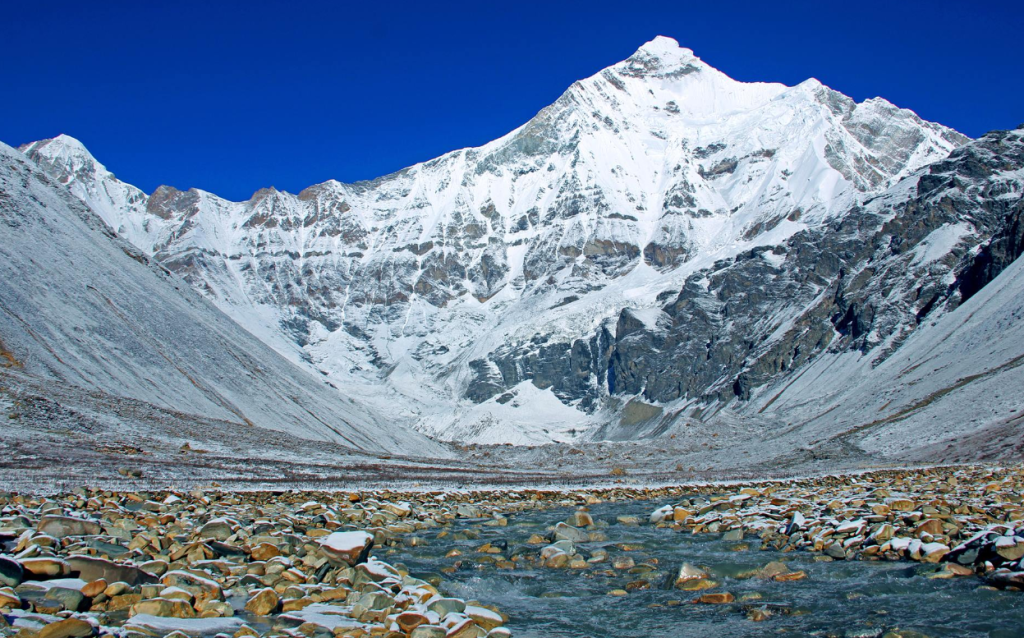
Nanda Devi National Park is a stunning natural gem nestled in the heart of Uttarakhand, India. Stretching across the main crest of the Great Himalayan Range, the core sanctuary spans 380 sq km, with the larger national park encompassing a total of 630 sq km, including the breathtaking Rishi Ganga gorge and its surroundings. This sanctuary is a haven for nature lovers, showcasing the awe-inspiring beauty of the Himalayas and preserving a diverse range of flora and fauna.
Access to the inner sanctuary is restricted to preserve its ecological balance, and the park has played a crucial role in conserving various endangered species like the snow leopard, Himalayan tahr, and several species of pheasants. The diverse flora includes rhododendrons, junipers, and alpine meadows.Despite its protected status, the park faces challenges such as illegal grazing and poaching.
History of Nanda Devi National Park
Nanda Devi National Park is a fascinating slice of nature nestled in the Indian state of Uttarakhand. It was established in 1982 and later designated as a UNESCO World Heritage Site in 1988. The park is renowned for its unique biodiversity and stunning landscapes.
The park is named after the majestic Nanda Devi Peak, which is the second-highest mountain in India. The region has a rich cultural history, with the indigenous people having strong ties to the mountains and considering them sacred. The Nanda Devi Sanctuary, located within the park, is surrounded by a ring of peaks, making it a natural fortress.
In 1936, renowned mountaineer and explorer Eric Shipton first discovered the inner sanctuary during an expedition. The area remained relatively untouched for years due to its challenging terrain. In 1982, the Nanda Devi National Park was established to protect this pristine ecosystem.
Nanda Devi National Park : A UNESCO World Heritage site
It’s renowned for its stunning natural beauty and biodiversity, with the centerpiece being the Nanda Devi Peak, the second-highest mountain in India. The park is a haven for various flora and fauna, including rare and endangered species like the snow leopard and Himalayan tahr. The diverse landscapes range from alpine meadows to glaciers, making it a paradise for nature enthusiasts and trekkers. Due to its ecological significance, it was designated as a UNESCO World Heritage site in 1988.
Nanda Devi Peaks
The park is named after the Nanda Devi peak, which is the second-highest mountain in India.Surrounding Nanda Devi, there are several notable peaks that enhance the majestic landscape of the national park. Some of the prominent peaks around Nanda Devi include:
Nanda Devi East: Often considered a separate peak, it is the higher of the two peaks of Nanda Devi.
Dunagiri: This peak is situated to the northwest of Nanda Devi and is known for its challenging climbing routes.
Changabang: Located to the southwest of Nanda Devi, Changabang is another stunning peak in the region.
Kalanka: Positioned to the southwest of Nanda Devi, Kalanka is a notable peak with a distinctive pyramid shape.
Rishi Pahar: Also known as the Peak of the Sage, Rishi Pahar is a smaller peak in the vicinity of Nanda Devi.
These peaks, along with Nanda Devi, create a captivating and formidable mountainous landscape that attracts trekkers and mountaineers from around the world. The region’s rich biodiversity and cultural significance add to its appeal, making it a must-visit destination for nature enthusiasts and adventurers alike.
Best Time To Visit Nanda Devi National Park
The best time to visit Nanda Devi National Park is typically during the months of May to June and September to October. During these periods, the weather is relatively pleasant, and the park is open for visitors. Summer (May to June) offers clear skies, blooming flowers, and a chance to witness the vibrant biodiversity. In September to October, post-monsoon, the landscapes are lush green, and the weather is cool.
Near Place to Vist
How To Reach Sankri
Sankri is a picturesque village located in the Uttarkashi district of the Indian state of Uttarakhand. It serves as a…
Auli ropeway
The Auli ropeway is one of the longest ropeways in Asia and is located in the picturesque town of Auli…
Tapovan joshimath
Tapovan is a beautiful and serene destination located near Joshimath in the Chamoli district of Uttarakhand, India. Situated at an…
How To Reach Nanda Devi National Park
By Road
You can also reach Joshimath, the base for Nanda Devi National Park, by road. Regular buses and taxis are available from major cities in Uttarakhand.
Once you reach Joshimath, you can arrange further transportation to the park or its surrounding areas.
By Train
The nearest railway station is Rishikesh or Haridwar. From these stations, you can hire a taxi or take a bus to reach Joshimath or other nearby towns.
By Air
The nearest airport is Jolly Grant Airport in Dehradun. From there, you can hire a taxi or take a bus to reach Joshimath or other nearby towns. Flights to Dehradun are available from major cities in India.

